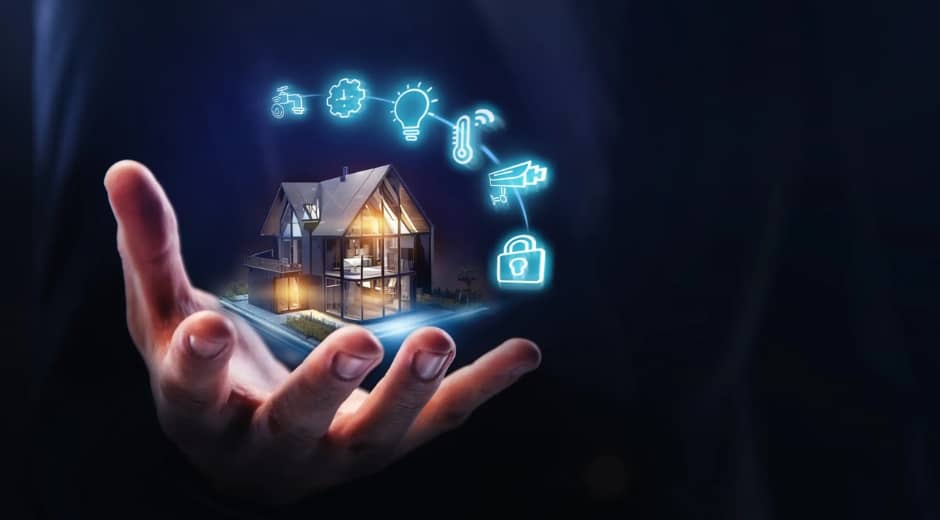Smart Home Automation: Transforming Living Spaces in 2025
Smart Home Automation: Transforming Living Spaces in 2025
In 2025, the realm of smart home automation has evolved beyond simple convenience; it’s now about creating intelligent, responsive environments that adapt to our lifestyles. With advancements in AI, IoT, and seamless device integration, homes are becoming more intuitive, efficient, and secure.
What Is Smart Home Automation?
Smart home automation refers to the use of internet-connected devices to manage and monitor systems and appliances such as lighting, heating, cooling, security, and entertainment. These systems can be controlled remotely via smartphones, voice assistants, or automated routines, offering enhanced comfort, energy efficiency, and security.
Key Components of Smart Home Automation
Smart Lighting Systems
Modern smart lighting solutions allow homeowners to control brightness, color, and scheduling through apps or voice commands. Products like the Lifx Luna smart lamp offer features such as 26 controllable color zones, 1,000 lumens of brightness, and Matter over Wi-Fi compatibility, making integration with existing smart home systems seamless
Intelligent Thermostats
Smart thermostats learn your schedule and preferences to optimize heating and cooling, leading to energy savings. Devices like the Ecobee SmartThermostat with Voice Control can adjust temperatures based on occupancy and weather forecasts.
Advanced Security Systems
Integrated security systems include smart cameras, doorbell cameras, and motion sensors that can send real-time alerts and allow remote monitoring. The Ring Floodlight Cam Pro, for instance, offers 1080p HD video, two-way audio, and motion-activated LED floodlights.
Voice Assistants and Hubs
Central hubs like Amazon Echo or Google Nest Hub serve as the command center for smart devices, enabling voice control and automation routines. These devices can integrate with various smart home products to create cohesive systems.
Smart Appliances
From refrigerators that monitor groceries to ovens that can be preheated remotely, smart appliances are making kitchens more efficient. Brands like Samsung and LG offer a range of smart appliances that can be controlled via smartphone apps.
The Role of Connectivity in Smart Homes
The backbone of smart home automation is robust connectivity. Wi-Fi, Zigbee, Z-Wave, and Thread are common protocols that ensure devices communicate effectively. The adoption of the Matter standard is also enhancing interoperability among devices from different manufacturers, creating a more unified smart home ecosystem.
Benefits of Smart Home Automation
Enhanced Convenience: Automate daily tasks such as adjusting lighting or setting thermostats to match your routine.
Improved Energy Efficiency: Monitor and control energy usage to reduce bills and environmental impact.
Increased Security: Receive real-time alerts and monitor your home remotely for added peace of mind.
Better Accessibility: Voice control and automation make it easier for individuals with mobility challenges to manage their environment.
Conclusion
Smart home automation in 2025 is about creating environments that are not only connected but also intelligent and responsive. By integrating advanced technologies and devices, homeowners can enjoy enhanced comfort, efficiency, and security. As the ecosystem continues to evolve, the possibilities for smart living are expanding, offering new ways to interact with and control our living spaces.
Innovate Empower Elevate

Smart Home Automation: Transforming Living Spaces in 2025
Explore how smart home automation is revolutionizing living spaces in 2025. Learn about key components, benefits, and how to create an intelligent, connected home environment.

Smart Home Automation: Transforming Living Spaces in 2025
Explore how smart home automation is revolutionizing living spaces in 2025. Learn about key components, benefits, and how to create an intelligent, connected home environment.

10 Simple Steps to Speed Up Your Windows PC
Boost your Windows PC’s performance with these 10 simple steps—easy tips to make your computer faster, smoother, and more efficient.







